Author: Marshall Schott
Taking its name from the Haitian god of agriculture, Azacca was bred by the American Dwarf Hop Association and is lauded by brewers of hop forward beers for its ability to impart intense tropical fruit and citrus character.
Alpha: 14 – 16%
Beta: 4.0 – 5.5%
Cohumulone: 38 – 45% of alpha acids
Total Oil: 1.6 – 2.5 mL/100g
Myrcene: 46 – 55%
Humulene: 14 – 18%
Caryophyllene: 8 – 12%
Farnesene: <1%
Linalool: not available
Geraniol: not available
ß-Pinene: not available
Parentage: Toyomidori and ADHA 94/95
While I’ve personally enjoyed many hoppy ales made with Azacca hops, it took me until now to get around to using it myself, and given the love this variety has been receiving lately, I was excited to see how how blind tasters would describe it in this edition of The Hop Chronicles!
| MAKING THE BEER |
I designed a beer with a simple grist in hopes of helping boost any of Azacca’s unique characteristics.
Azacca Pale Ale
Recipe Details
| Batch Size | Boil Time | IBU | SRM | Est. OG | Est. FG | ABV |
|---|---|---|---|---|---|---|
| 5.5 gal | 60 min | 33.9 IBUs | 5.1 SRM | 1.051 | 1.012 | 5.2 % |
| Actuals | 1.051 | 1.008 | 5.6 % | |||
Fermentables
| Name | Amount | % |
|---|---|---|
| Pale Malt (2 Row), Rahr | 8.375 lbs | 72.04 |
| Pale Malt, Maris Otter | 1.625 lbs | 13.98 |
| Vienna Malt | 1.125 lbs | 9.68 |
| Victory Malt | 8 oz | 4.3 |
Hops
| Name | Amount | Time | Use | Form | Alpha % |
|---|---|---|---|---|---|
| Azacca | 6 g | 30 min | First Wort | Pellet | 13.7 |
| Azacca | 14 g | 15 min | Boil | Pellet | 13.7 |
| Azacca | 60 g | 1 min | Boil | Pellet | 13.7 |
| Azacca | 90 g | 3 days | Dry Hop | Pellet | 13.7 |
Yeast
| Name | Lab | Attenuation | Temperature |
|---|---|---|---|
| Flagship (A07) | Imperial Organic | 75% | 60°F - 72°F |
Notes
| Water Profile: Yellow Bitter in Bru’n Water Spreadsheet |
Download
| Download this recipe's BeerXML file |
I made a large starter of Imperial Organic A07 Flagship yeast a couple days before brewing, about half of which was slated to be harvested for later use.
The afternoon prior to my brew day, I started the long process of collecting my RO water.
Once that was going, I weighed out and milled the grains.
I got started the next morning by heating the full volume of brewing liquor to strike temperature then mashing in with the help of my buddy, Tim.
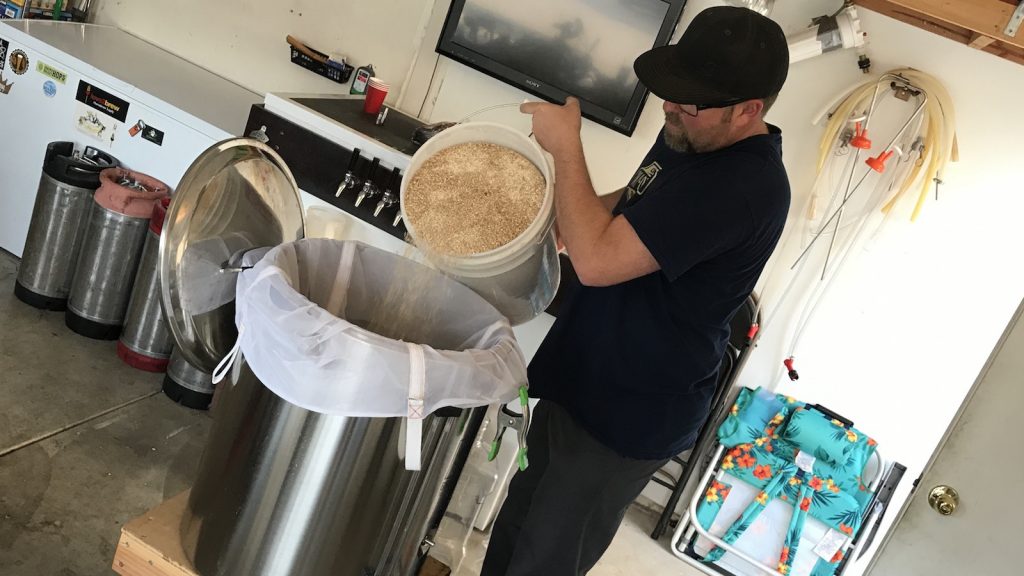
With the grain fully incorporated into the water, I checked to confirm I’d hit my desired mash temperature.
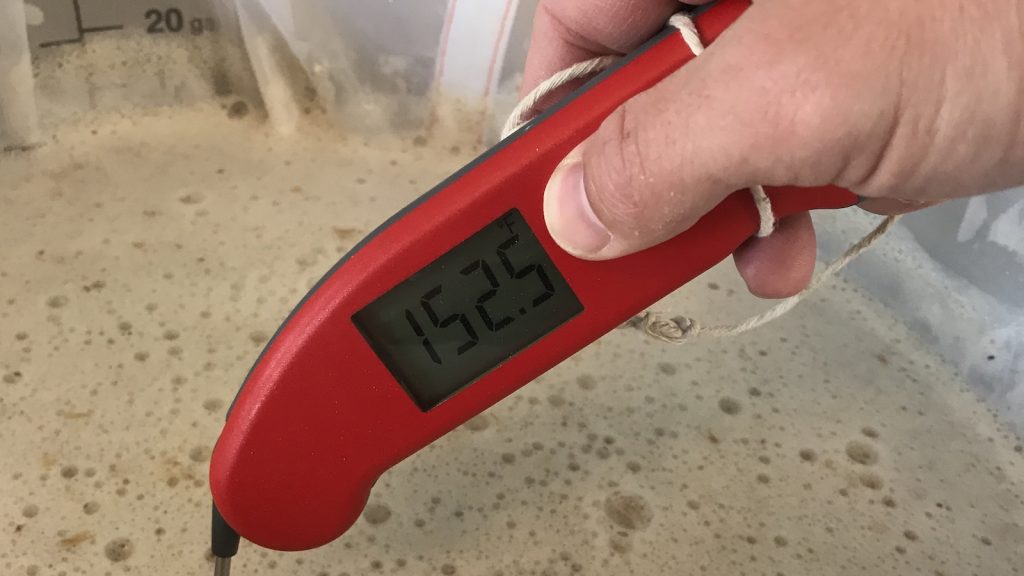
A measurement 15 minutes later showed I’d also nailed my target mash pH.
I weighed out the kettle hop additions during the 60 minute mash rest.
When the mash was complete, I collected the sweet wort.

The wort was transferred to my kettle and boiled for an hour with hops added per the recipe.

When the 60 minute boil was finished, I quickly chilled the wort to slightly warmer than my groundwater temperature.
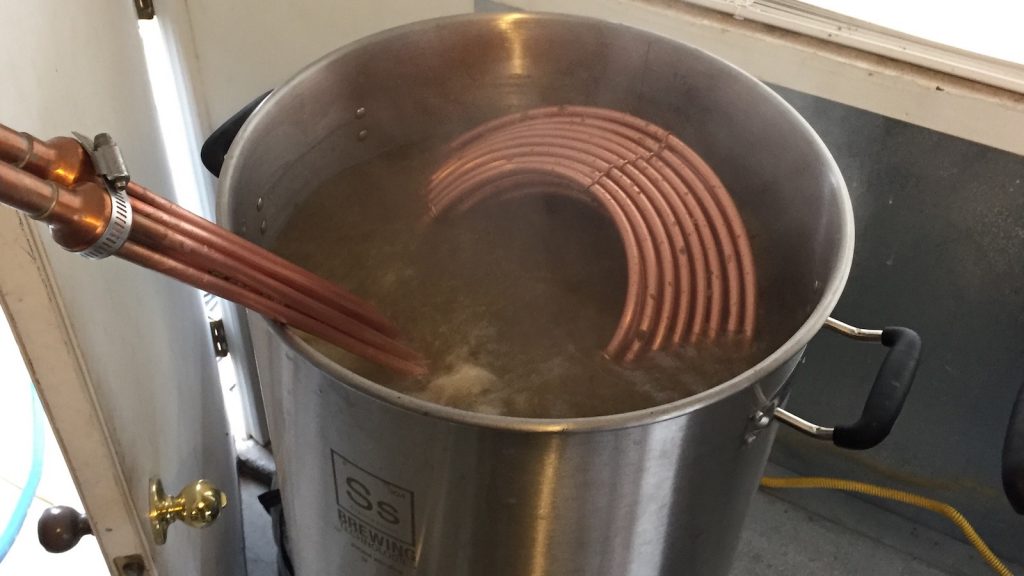
After taking a refractometer measurement showing I’d hit the my planned OG, I racked 5.5 gallons/21 liters of chilled wort to a Brew Bucket, moved it to a temperature controlled chamber, and pitched the yeast. Activity in the airlock was observed just 4 hours later and signs of fermentation were beginning to dwindle 3 days post-pitch, at which point I raised the temperature to 72˚F/23˚C to encourage complete attenuation. After another 4 days, I took a hydrometer measurement that indicated FG had been reached before adding the dry hop charge.
I gave the beer 3 days to mingle with the dry hops then proceeded with cold crashing, fining with gelatin, and kegging.
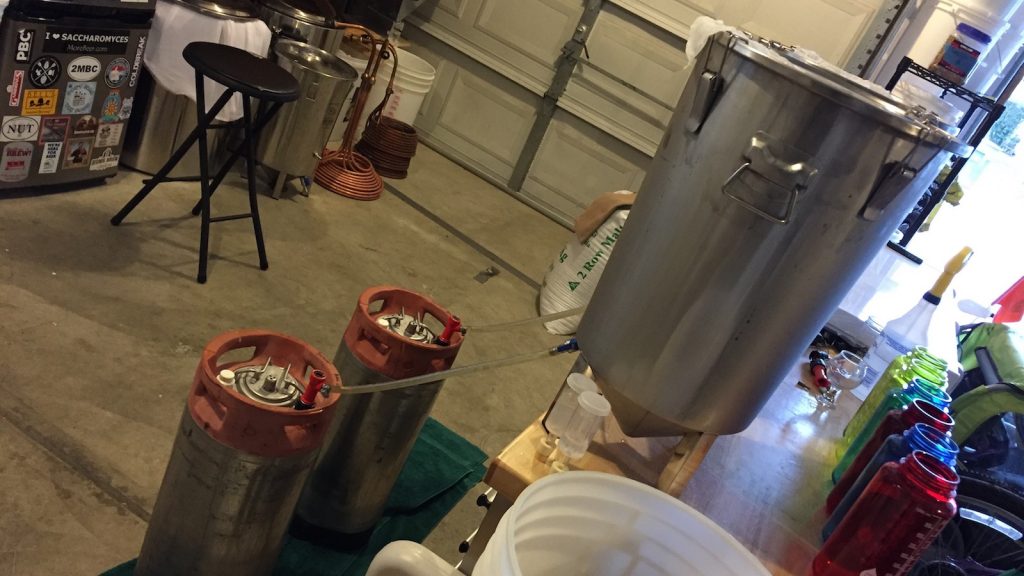
The keg was placed in my cold keezer where it was burst carbonated for 18 hours before I reduced the CO2 to serving pressure and allowed the beer to condition for another few days before serving it to participants.
| METHOD |
Participants were instructed to focus only on the aromatic qualities of the beer before evaluating the flavor. For each aroma and flavor descriptor, tasters were asked to write-in the perceived strength of that particular characteristic on a 0-9 scale where a rating of 0 meant they did not perceive the character at all and a rating of 9 meant the character was extremely strong. Once the data was collected, the average rating of each aroma and flavor descriptor was compiled and analyzed.
| RESULTS |
A total of 18 people participated in the evaluation of this beer, all blind to the hop variety used until after they completed the survey. The average aroma and flavor ratings for each descriptor were plotted on a radar graph.
Average Ratings of Aroma and Flavor Perceptions
The 3 characteristics endorsed as being most prominent by participants:
| Aroma | Flavor |
| Tropical Fruit | Tropical Fruit |
| Stone Fruit | Citrus |
| Melon | Stone Fruit |
The 3 characteristics endorsed as being least prominent by participants:
| Aroma | Flavor |
| Onion/Garlic | Onion/Garlic |
| Dank/Catty | Dank/Catty |
| Grassy | Earthy/Woody |
Participants were then asked to rate the pungency of the overall hop character.
Next, they were instructed to identify beer styles they thought the hop would work well in.
Finally, tasters were asked to rate how much they enjoyed the hop character on a 1 to 10 scale.
My Impressions: My only prior experience with Azacca being in beers brewed by others where additional varieties were used, I wasn’t too sure what to expect and was quite surprised with how strongly I perceived the stone fruit character in this beer. One taster, after completing the survey, said the beer had a “peach rings” aroma and flavor, which jibed well with my impression. Underneath that, I got hints of citrus, though not the typical grapefruit I was expecting, but more like the zest of an orange. Overall, while I thought the Azacca character in the beer would have been more in-your-face given the amount of hops used relative to the simple grist, I’d say it was squarely in the moderate range, which to me isn’t necessarily a bad thing.
| CONCLUSION |
There’s always something exciting about trying out an ingredient for the first time, especially when the end result is a fantastic experience, which was definitely the case with Azacca hops. With its moderately pungent tropical and stone fruit characteristics combined with solid bittering potential, its no wonder this variety has been gaining the favor of Pale Ale and IPA brewers since it was released.
I typically expect single hop beers to be largely unidimensional, and while I do believe Azacca would play well with other varieties in the mix, I was surprised how well it held up on its own. I absolutely plan to load up on more Azacca for use in combination with other classic “C” hops in hoppy American styles and I’m thinking I may also use it as the sole variety in a crushable American Wheat ale I’ve been thinking about brewing.
If you have any thoughts on Azacca hops, please feel free to share them in the comments section below!
Support for The Hop Chronicles comes from Yakima Valley Hops, suppliers of over 40 varieties of hops ranging from classics like Saaz and Cascade to yet-to-be-named experimental options fresh from the source. Offering great prices with reasonable shipping, consider Yakima Valley Hops for your next hop purchase.
Support Brülosophy In Style!
All designs are available in various colors and sizes on Amazon!
Follow Brülosophy on:
FACEBOOK | TWITTER | INSTAGRAM
If you enjoy this stuff and feel compelled to support Brulosophy.com, please check out the Support Us page for details on how you can very easily do so. Thanks!


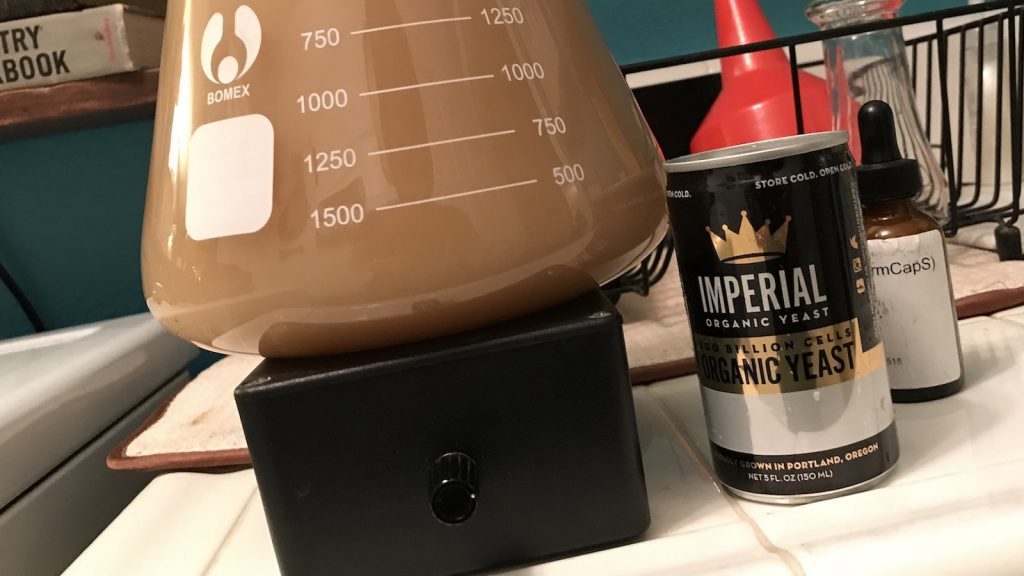
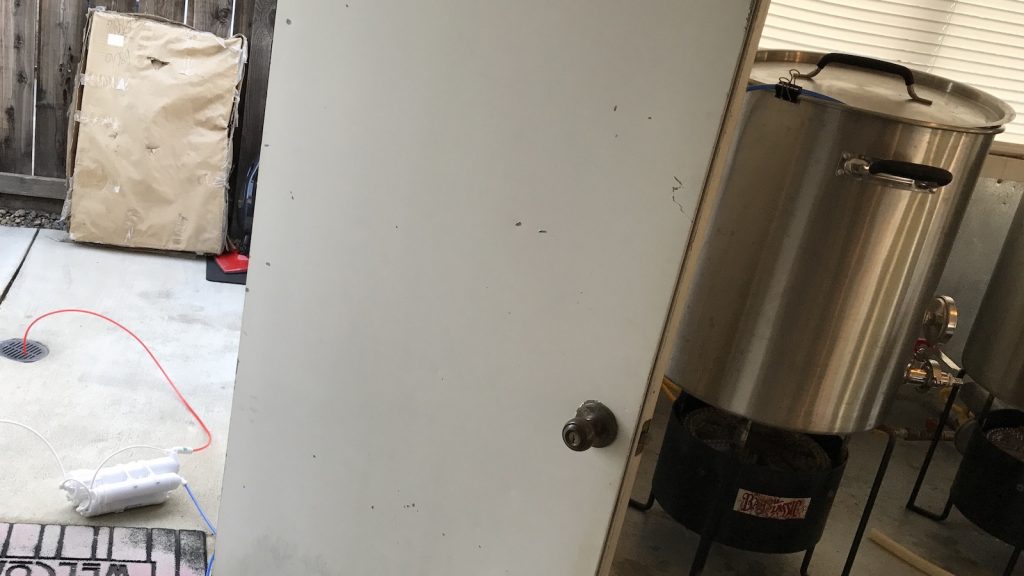
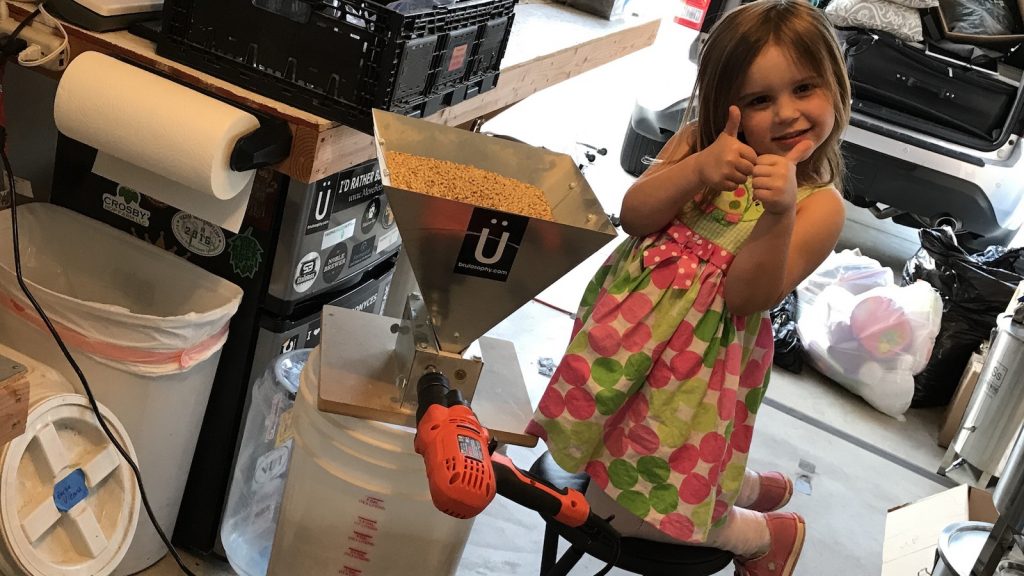
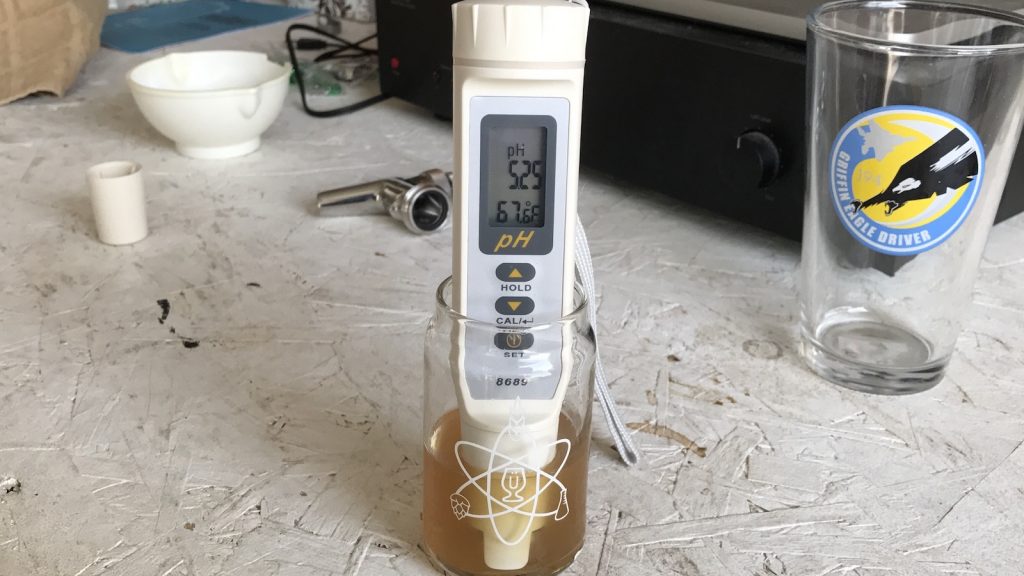
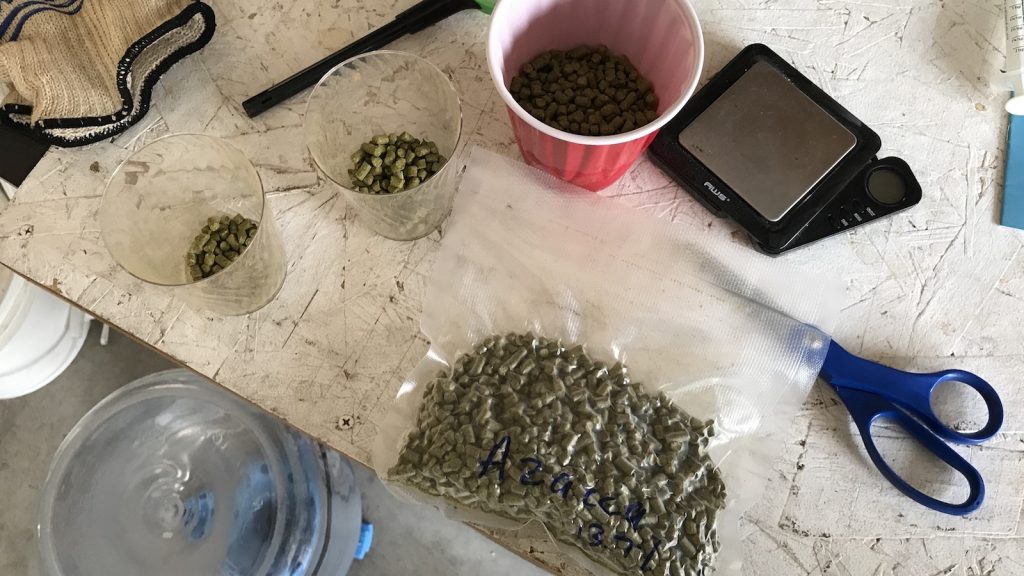
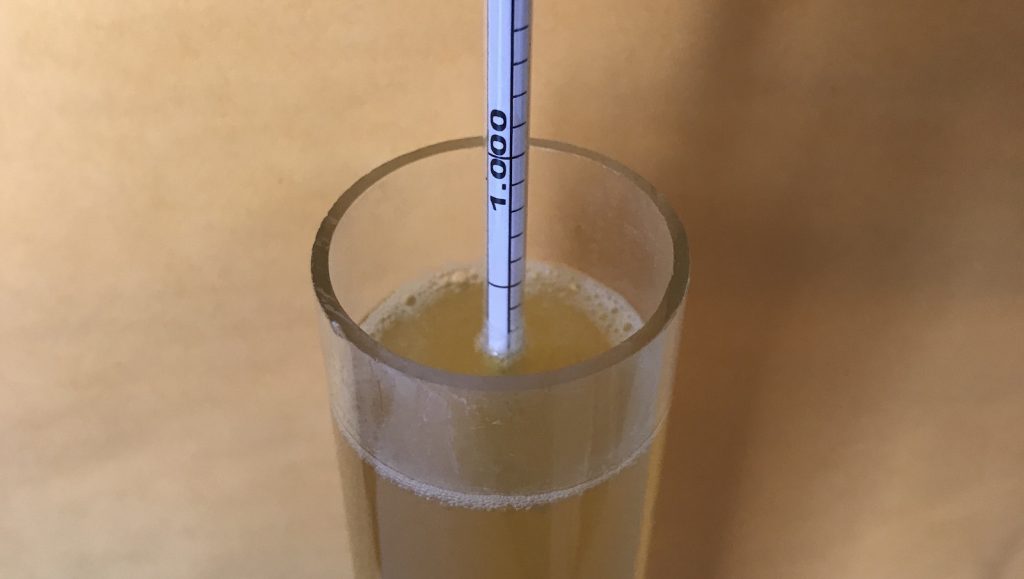
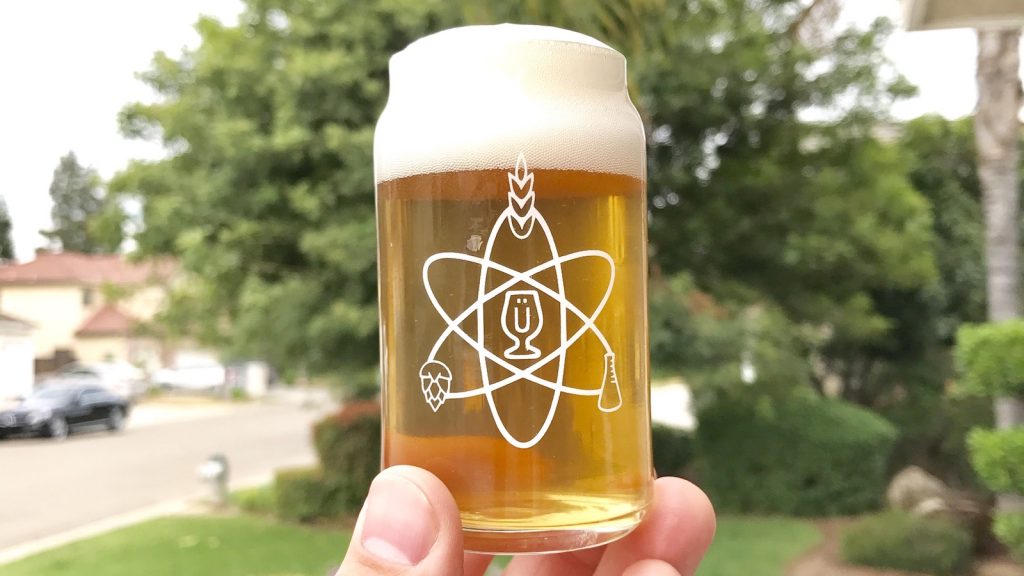
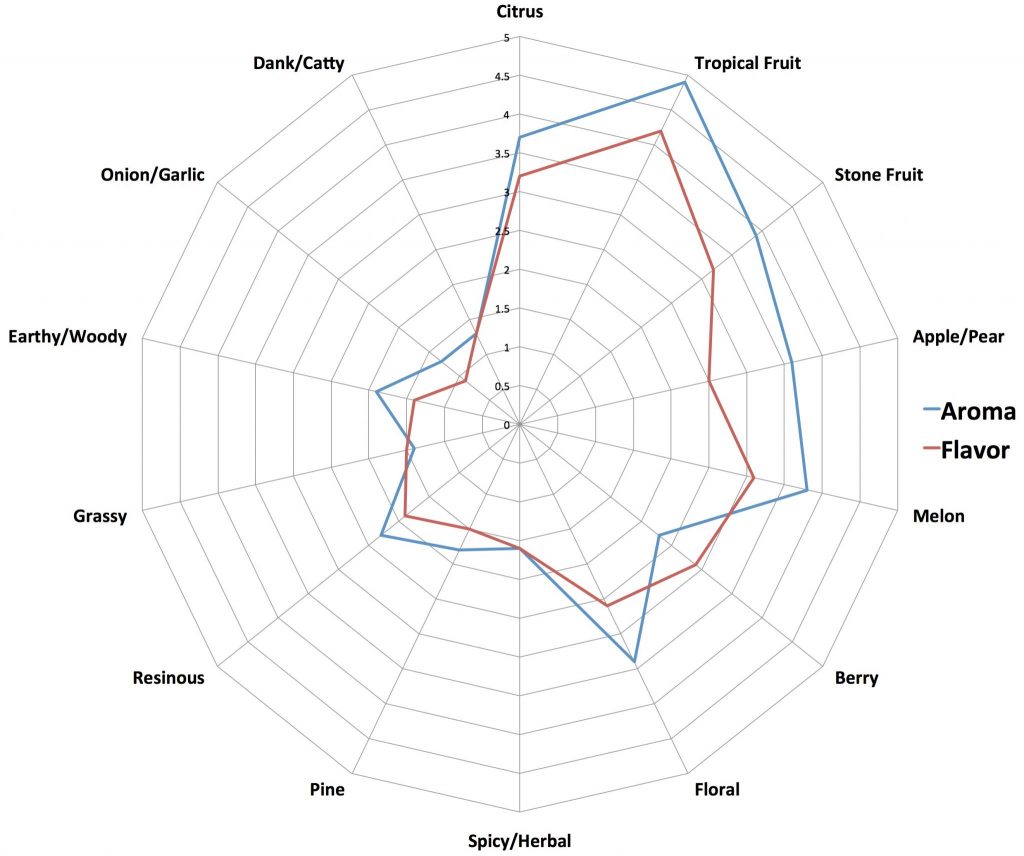
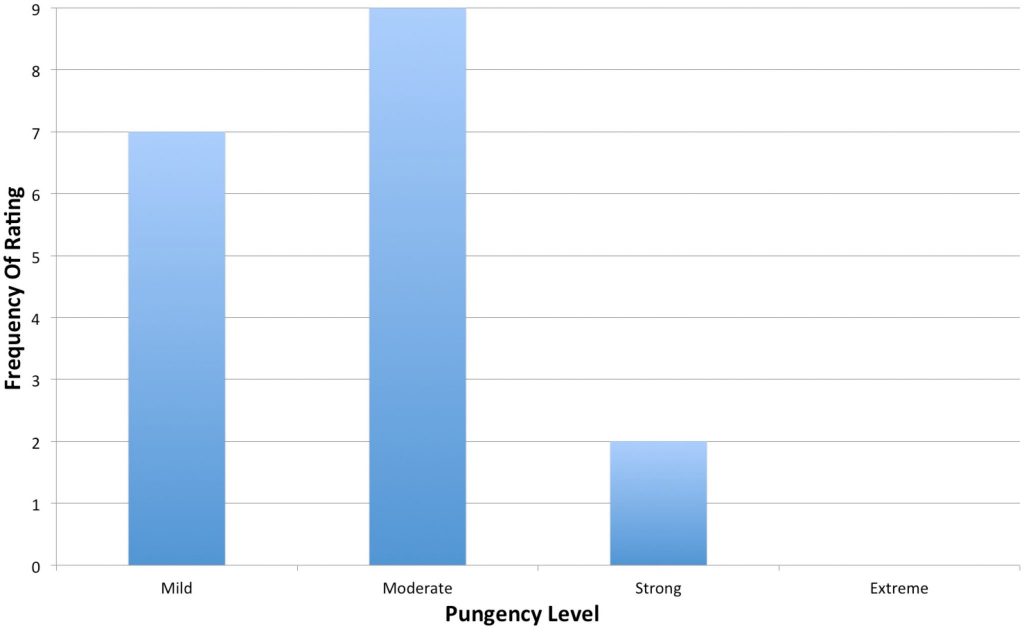
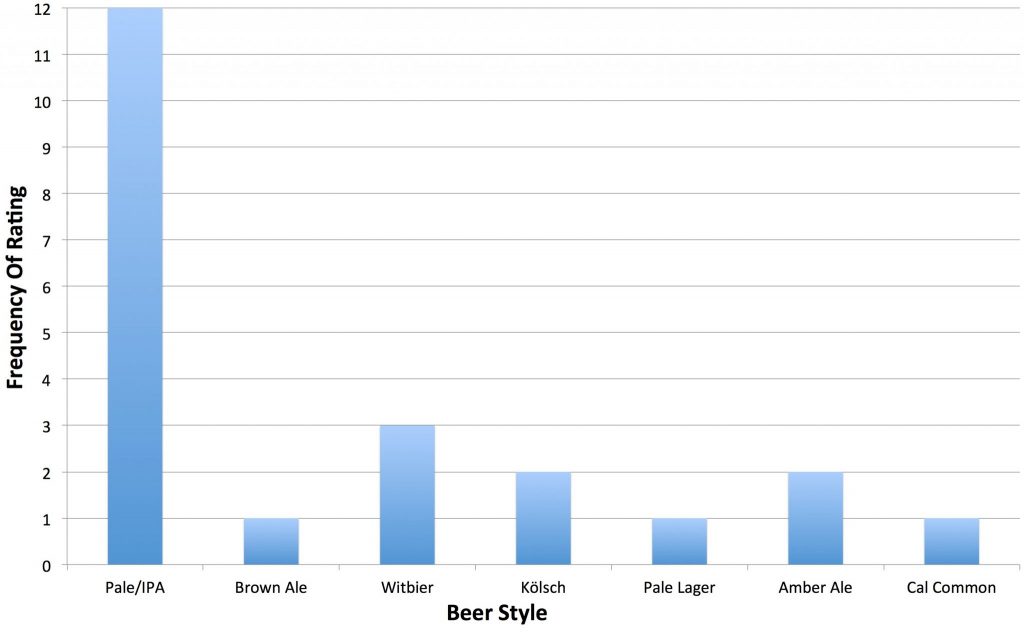
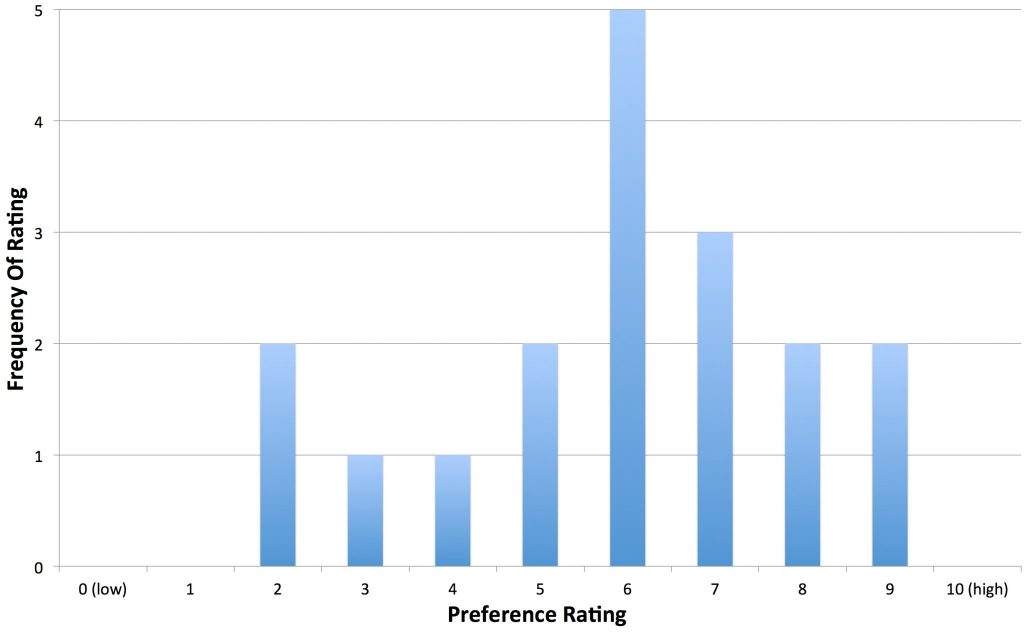











22 thoughts on “The Hop Chronicles | Azacca (2016) Pale Ale”
you guys usually mash pretty low it seems, any reason?
They mash very low to get a more fermentable wort, thus lowering the FG as much as possible. This makes the beer dry.
I meant the pH
152-3 is a very average mash temp. I usually go 148-150 for high attenuation. Some use 156-8 for lower.
Sorry for the confusion. I meant that the pH is pretty low – 5.25 at room temp. Most of the time I see 5.4-5.6 as the recommended room temp reading for the mash.
PERFECT TIMING! I’m brewing a hibiscus IPA using Azacca, Vic Secret, and Nugget hops. I really like your flavor and aroma wheel to give me a better sense of how this ingredient will perform. I used one oz of Vic Secret and one oz of Azacca at the 5 min. point (Nugget was my bittering charge). I was planning on dry hopping with 2 oz of Azacca and 1 oz of Vic Secret… Hmmm, decisions, decisions.
I’m brewing the Azacca Single Hop Pale Ale recipe from Northern Brewer this weekend!
I think that dry hop addition would be great. I just did a NEIPA with Vic Secret and felt like it gave great flavor and aroma. I think Azacca would be great with Vic Secret.
If this is for a 5 gal batch, I’d triple those dry hop additions at a minimum.
You should make up a poster with all radar plots you’ve made to date. I’d buy one!
Second this!
Yeah! what Wes said!
Just kegged a Centennial, Azacca, Mosaic IPA. It is sampling very well. Lots of grapefruit, citrus, pineapple. A touch of bitterness from the Centennial (1oz at 60). Loaded it with sub 180f whirlpool additions of Azacca and mosaic as well as a good dry hop.
Always look forward to these! Haven’t used Azacca before, but now you’ve got my mind spinning with some ideas.
Would also be interested to see how this would turn out when used in an American wheat. Let us know how it turns out if you end up running with that!
You guys are great! I enjoy azzaca. There a brewery in Denver called Comrade brewing company that makes an Imperial Stout named Quit Stalin. Impressive beer. Uses the hop in a way most of your tasters didn’t think of.
On a different note, you guys skip the kettle to fermenter step every time it seems. I would love to know how y’all keep out trub. Whirlpooling? Trub trapper? Etc? I’m having a hell of a time where sometimes I can’t even get my kettle to drain through the built in valve (using the Anvil stainless woven kettle strainer) and end up having to use my racking cane to drain from the top. It seems most homebrewers suffer this and I haven’t seen anyone with a good solution on the forums yet.
Would love to hear your thoughts!
Adam
Your problems will be over if you do a whirlpool, let rest a bit and then drain off from the edge of the kettle with no screen. You will leave behind 80%+ of the trub and hops (if you care to do that.)
Unrelated to the hop choice – do you find that the 13% Maris Otter makes a noticeable difference in the beer as opposed to using solely 2-row for base malt? Sort of a silly question, because why would you if it didn’t? Perhaps a better way to phrase it – what kind of character do you find it contributes?
Related to hop choice: I’ve got a few ounces of Azacca I’m planning on using for a hybrid black IPA/hoppy tropical stout. Curious to see how they complement the fruity notes from the warm-fermented lager yeast.
I love Azacca! Mix with Columbus and Citra for an amazing NEIPA.
Timely…I’m doing an Azacca/Mosaic pale today with some added Citra in the dry hop. Hoping for a full on fruit bomb as I’ve not managed to nail one yet…
Just be sure to pound the dry hops into it and drink as fresh as possible, you should get the fruit bomb that you seek.
I was planning on 40g each of Azacca, Citra and Mosiac… Sound okay? could go higher but not sure if that’s overkill. It had a fairly large flame out addition as it was
I do not know, but my experience with Azacca has always given me a lack of aroma.